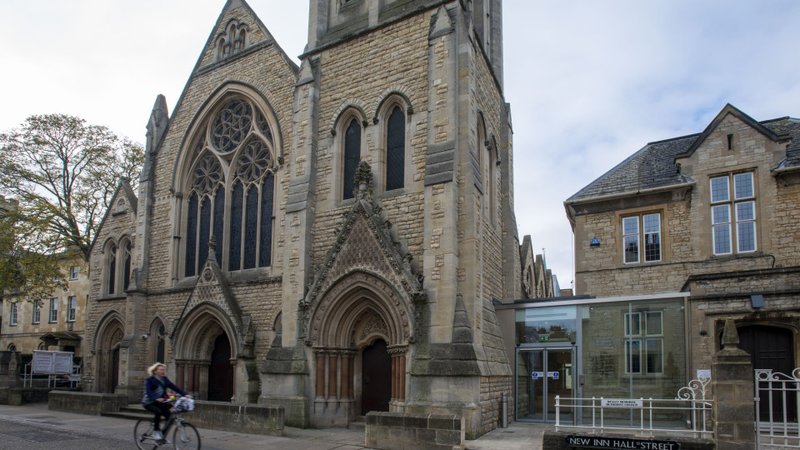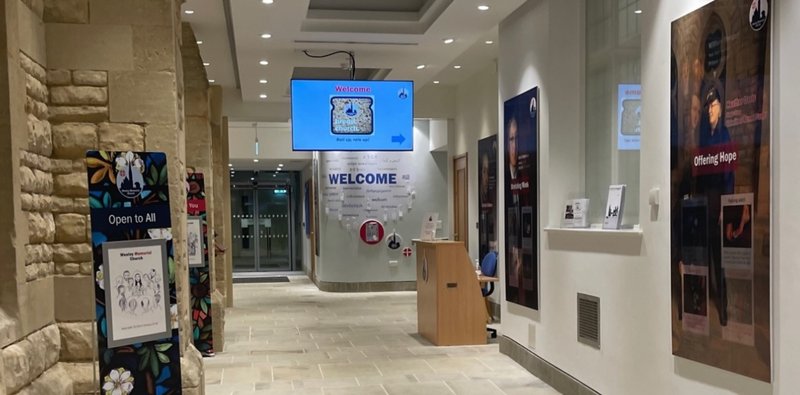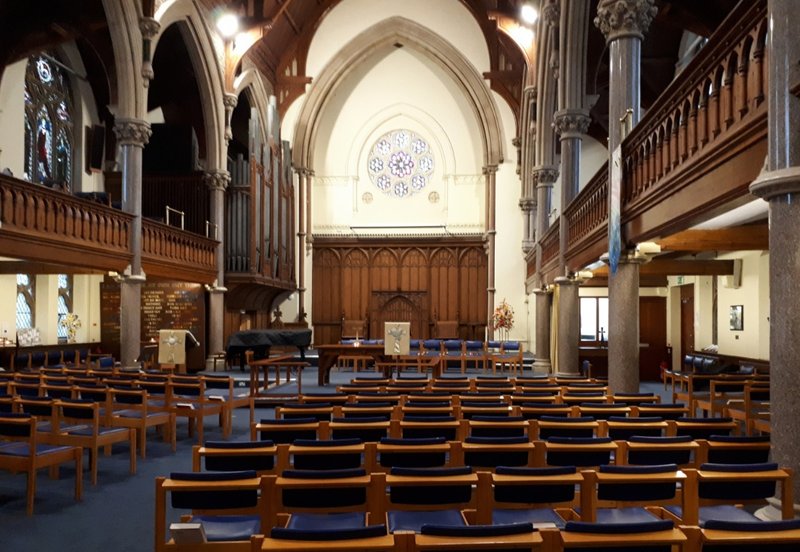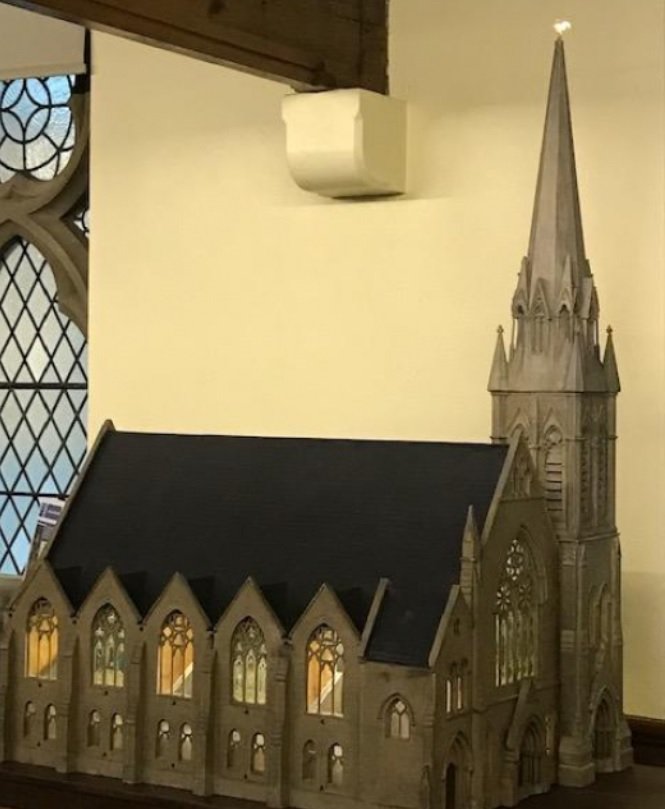Contact
Opening Times
Open every day 10:00 - 17:00.
Sunday worship every Sunday at 10:30.
Facilities




Oxford is full of connections to the Wesley family. John and Charles Wesley followed their elder brother Samuel (1690-1739) to Christ Church, Oxford's largest college; their father, also Samuel (1662-1735), had been a student at Exeter College, and their grandfather, John (c.1636-70) studied at New Inn Hall (from which New Inn Hall Street takes its name , its site being occupied by St Peter's College today).
John Wesley entered Christ Church as an undergraduate in June 1720. He graduated in 1724 and on 19 September 1725 was ordained deacon in Christ Church Cathedral. Elected a Fellow of Lincoln College in March 1726, Wesley was ordained priest in September 1728, having left Oxford the previous year to assist his father, Rector of Epworth, Lincolnshire.
Charles Wesley arrived at Christ Church in 1726. After a couple of years he began to take both his studies and his faith more seriously, and from the beginning of 1729 he agreed with two friends, Robert Kirkham (Merton College) and William Morgan (Christ Church), to meet regularly to read together, and to receive Communion every week.
Later that same year, Lincoln College asked John Wesley to return to Oxford, to take up teaching duties. John joined with Charles, William Morgan and Robert Kirkham, and began a regular schedule of study; looked back upon by Wesley as the 'first rise of Methodism'. The disciplined piety of the group won them a series of unflattering nicknames: 'Holy Club', 'Godly Club', 'Bible Moths', 'Supererogation Men' and 'Methodists' - the name that finally stuck in 1732.
John Wesley was invited at intervals to preach before the University in the church of St Mary the Virgin. His last University sermon, 'Scriptural Christianity', was delivered on 24 August 1744: in it he criticised the University for its spiritual apathy. For Wesley it was the end of his University connection. "I preached, I suppose, the last time at St Mary's," he wrote in his Journal. "Be it so; I have fully delivered my soul." Henceforth, until the first Methodist preaching house was opened in Oxford in 1783, Wesley preached in private houses when he visited.
The first Methodist preaching house in Oxford was in the building now numbered 32-34 New Inn Hall Street, which belonged to Brasenose College. A plaque indicates that Wesley preached there on 14 July 1783, and Wesley described it as: "a lightsome, cheerful place."
In spite of local opposition and fluctuating support, it was eventually decided to build a new chapel further down the street and on the opposite side of the road. Before the site was sold, its owner, Daniel Harris, had to get a doctor's certificate stating that he was perfectly sane and capable of managing his business affairs - his relatives were sure that his willingness to sell land for a Methodist meeting house was a sure sign of his insanity!
This chapel stood some distance back from the road, behind the present church, and was flanked by houses for the preachers. Designed by William Jenkins and built by Daniel Evans, the foundation stone was laid in May 1817 and the chapel opened for worship in February 1818. It became the centre of the Oxford Wesleyan Methodist Circuit, with outposts gradually developing in the surrounding villages and small towns.
In the middle years of the nineteenth century other strands of Methodism appeared in Oxford. Divisions within Wesleyan Methodism in the late 1840s and early 1850s led to the emergence of the United Methodist Free Churches as a separate denomination, which opened a chapel in St Michael's Street (now the North Gate Hall) in 1872.
Some 60 years after the completion of the first Wesleyan chapel, it was decided that new premises were needed. As well as accommodating a growing congregation, there was also a desire to emphasise the presence of Methodism in the city as Oxford University agreed to admit Nonconformist students for the first time. As a result, the present Wesley Memorial Church was built, designed by Charles Bell in the fashionable Gothic style, and constructed by Joshua Symm (a member of the church, like his father-in-law Daniel Evans, builder of the 1818 chapel). Foundation stones were laid in July 1877, and the building was opened for worship in October 1878; the old building being converted into classrooms and a lecture room.
Both church and circuit experienced considerable numerical growth in the early 1880s, during the ministry of Hugh Price Hughes. Expansion of the city to the east led to the construction of Wesley Hall (now Cowley Road Methodist Church) in 1904. At Wesley Memorial a new suite of ancillary premises was opened in 1932, proving ideal for the great expansion in student work that followed World War II. The John Wesley Society, the student Methodist society, reached a membership of 400 in the post-war period.
With ambitious development plans presently in progress, Wesley Memorial Church continues to seek to respond positively and actively to the unique opportunities for mission and service arising from its prime site in the heart of Oxford.
Wesley Memorial Methodist Church
New Inn Hall St, Oxford OX1 2DH